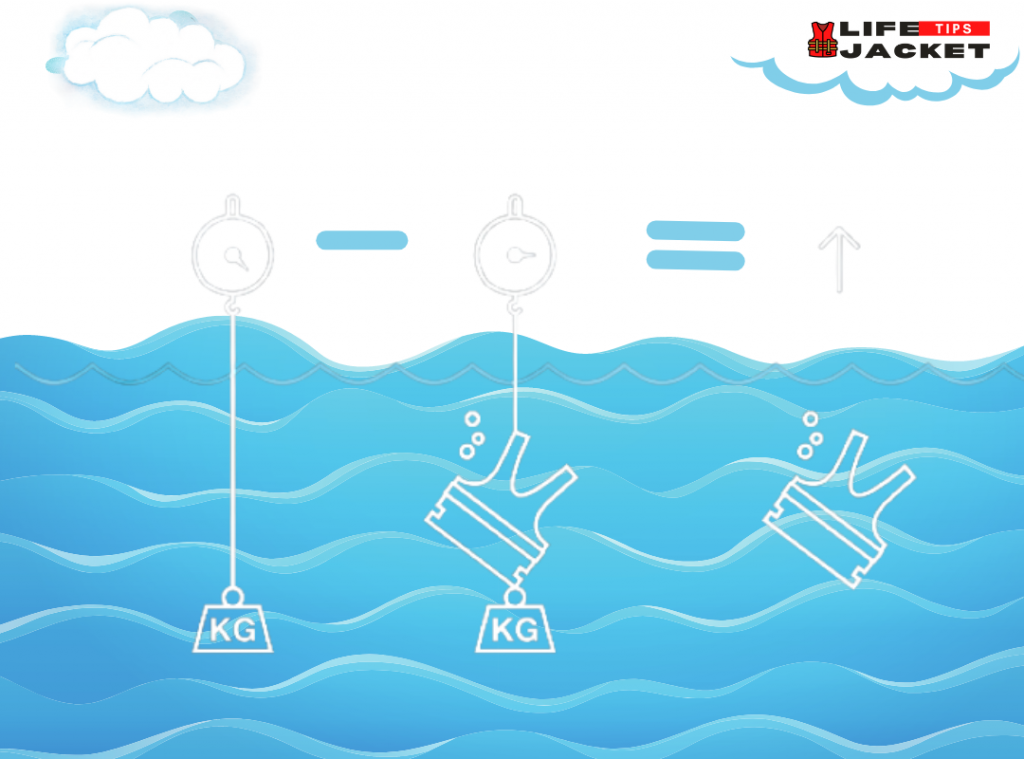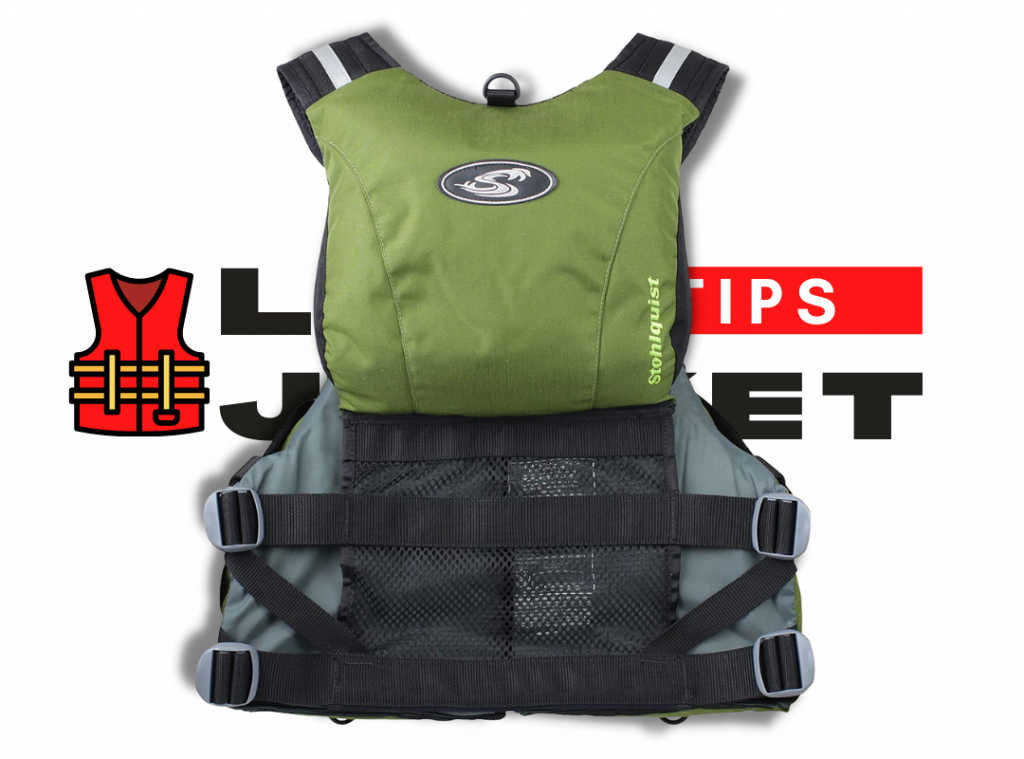To check the buoyancy of your pfd, the best way is to get in shallow water after putting it on. There are lots of different ways to check the buoyancy of your pfd.
Some are rather practical and require less expertise on the subject. On the other hand, some methods are for people in the more “professional” league in this sector.
In this article, we will discuss all the details about what is the best way to check the buoyancy of your pfd. PFD are also known as a personal flotation device is one of the most essential elements in the waters.

Even the most expert swimmers would recommend that you should always carry your on PFD while in a trip that involves heavy water activity. Doesn’t matter if it is the open seas, rough river or any type of kayaking incident.
Sometimes, just getting a PFD is not everything that you should do. Because, if you think about it, none of us have the same weight. That’s why, to measure the buoyancy of your PFD is really important. Throughout this article, we will discuss several methods and several scientific and calculating factors which you can use to do this.
Are pfds difficult to put on in water?
In the introduction, we told you about the buoyancy of your PFD. And to measure the overall buoyancy of your PFD, regarding whether it is perfect for you or not, the best way is to just go into shallow water after putting it on.
But what if you want to put your PFD before getting into the water? Is it going to be difficult? The answer is yes, on a direction or. But you need to consider several facts. PFD is usually designed to stay afloat. In comparison with your regular materials, it provides a better range of buoyancy. Just because of that, when you are trying to put on your PFD inside the water, you might find it difficult to place it against your body.
Because the excessive amount of buoyancy will try its best to put the PFD out of the water and stay in a floating position. That might cause some trouble in difficult situations. It is always recommended that you put on your PFD before you go into the water. The cause expert or not, it is still going to be difficult to put on your PFD in water.
Characteristics of a good PFD
Let’s talk about the characteristics what a good PFD should have. A properly wearable PFD should have which characteristics has a really subtle list to answer. To start with, the first thing that it needs to have adjustable, firm, locked straps.
Because adjustable straps sometimes tend to become loose up on excessive usage. If a PFD has the capability of holding its integrity upon excessive usage, that’s obviously A plus side.
A good PFD should also have a higher rate of buoyancy. That also brings us to the main question about what is the best way to check the buoyancy of your pfd.
The next thing that you need to look is the rate of buoyancy and measure it properly. There are several ways to check the buoyancy of your PFD.
How to check the buoyancy of your PFD
Before checking, you need to make sure that the PFD fits with your body just perfectly. Because a perfect fit is always important. After getting your PFD properly fitted with your body, try swimming at a basic pattern.
If you think that you are comfortable and you are not getting tired while swimming with the PFD fitted with your body, then it is a good sign.
There are four steps in this method to check the buoyancy of your PFD. Step one is to make sure that you have fitted your PFD properly with your body. Step two is to walk slowly into shallow waters and get yourself comfortable with the water as well as the PFD itself.
Step three is to slowly submerge yourself by not going into deeper water but just bending your knees and getting your body under the surface of the water.
And the final step is, You’re in the water totally after bending your knee, try to tuck in. As you are tucking in, you should feel yourself slowly getting in a floating position and staying at the surface level of the water.
You need to remember that this is a PFD that we’re talking about. It is not about which should stay over the surface of the water with all of its body.
A PFD has only the basic target of keeping your head and the important part of your body above the water. And if you feel that after tucking in, you are slowly being able to stay afloat at the service level of the water come out that is the indicator that your PFD has the perfect amount of buoyancy.
Why it is important to check the buoyancy of PFD
As already mentioned earlier, we do not have the same weight from person to person. The same PFD might perform differently in two different people. Let’s talk about an imaginary situation. For the first part cover imagine that you and I, are standing in front of each other.
I have a bodyweight of about 70 kilograms. Whereas on the other hand come out you are much lighter than me. With a weight of just 50 kilograms, you are 20 kilograms lighter than me!
If we wear the same PFD, It’s pretty much obvious that the type of rotation that you are going to get is going to be pretty different from what I am going to get. The reason is simple.
As I am much heavier than you, I should probably get a PFD that has more surface area and higher rate of buoyancy. Which is really important.
Always remember that in shallow waters, if you can stay afloat after bending your knees, then it is a good sign. You don’t need to stay afloat like a regular board. All you need to have is the ability to breathe while inside water by staying afloat. That is all that you are looking for.
Different types of PFD that you might find and measuring their buoyancy
There are two most common types of PFD that you’re going to find in the market and safety equipment stores. mainly inflatable and direct usage. If you want to learn about what is the best way to check the buoyancy of your pfd, you need to learn the types of PFD that you are going to have.
For the inflatable ones, if you have been facing small troubles in staying afloat, just increasing at least 5% of the overall air inside the inflatable device should be in a full stop and for those which have been equipped with fixed form to keep you afloat, you need to test and put products in trial to check the levels of buoyancy. Because the fixed body material is not changeable. And if you get one PFD, which does not suit with your body weight and other factors cover then the PFD is of no use to you.
How can you understand if a PFD is good for you by looking at its specification?
Most of the products that you can get in the market, is likely to have a specifications chart with itself. If the PFD is showing that it is capable of carrying at best 60 kilograms, and your weight is 75 kilograms, it means that it is enough for you. Getting confused? That’s reasonable.
Let me explain it to you. First of all, our body weight is not the same inside water. When you are in the water, your body weight is comparatively less. And the difference is so large, that it makes your weight totally uncountable.

If we are talking about the weight of body in pounds, then an average 125 pounds person weighs just a bit lower than six pounds. Quite shocking, isn’t it?
The scientific /accurate way of measuring buoyancy of PFD
The method that we’re talking about is the scientific method. It might involve basic mathematics. But it is accurate at its best level., you will get a measurement in the unit of newtons. The equipment that you are going to need is basically a 10-kilogram weight, rope, luggage scale and the PFD that you are going to use.
After you have all of the equipment in your hand cover you need to attach the 10-kilogram weight along with the rope. After that, fully submerged the system inside water. Then, you need to take measurements of the luggage with the scale and then note down the number.
Once you have brought it out, you need to fit your PFD with the weight and then put it under the water again. Wait a couple of moments to let the bubbles and air caps escape. After that, write down the overall weight of the whole device again and not the number.
After this, calculate the difference by simply subtracting the second data from the first one. And if you convert the information that you just received into kilograms and then multiply it by 9.8, you have the ratio of buoyancy and the unit of newtons. The standard ratio of buoyancy that you need to have inside an adult PFD is at least 50 newtons. Anything less than this cannot be considered 100% safe.
FAQ
How do you measure the buoyancy of a PFD?
What type of PFD has the most buoyancy?
What is the buoyancy of a life jacket?
How often should a life jacket be tested for buoyancy?
Conclusion
In this article, we discussed about what is the best way to check the buoyancy of your pfd. We discussed two different methods. The first method was the easy way and the second method was a scientific and comparatively more accurate way of approach.
But that doesn’t mean that the first method is totally useless. That is only for giving you a personal awareness about whether or not the PFD that you have is perfect for you. If you have any questions regarding any of the information or the products that we discuss on this website, don’t hesitate to leave a comment in the comment section.
And, if you have any recommendations or any delete questions that you might want to ask us, feel free to reach us directly with the contact information given at the bottom of this page. All of the information that we provide in our website, including the recommendations for the products that we mentioned in the other articles, have been tested and double-checked by our team of experts.
